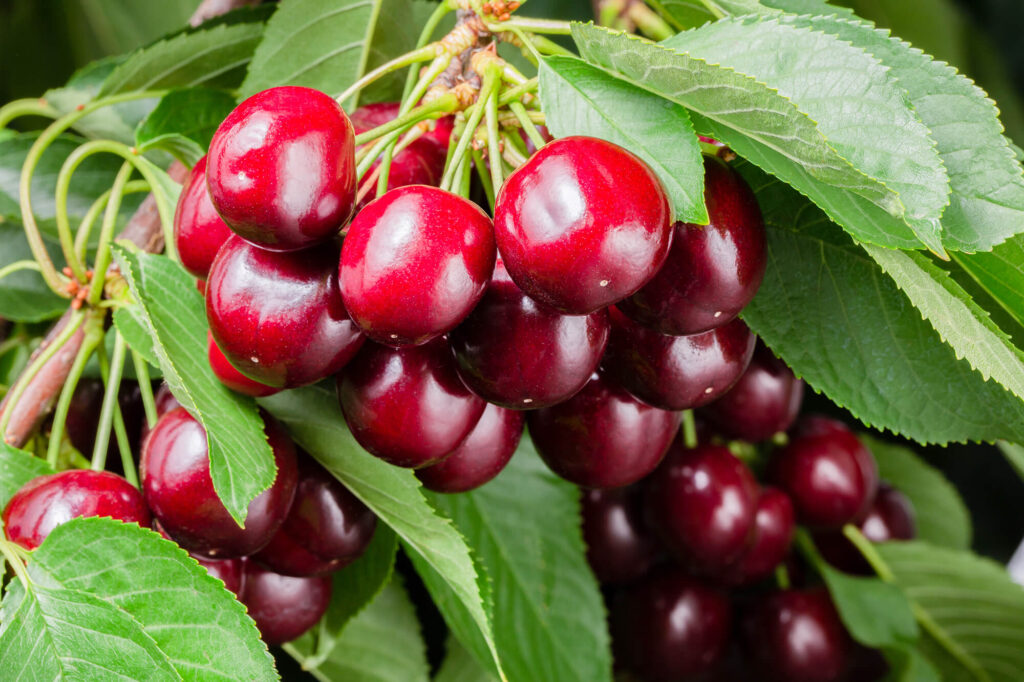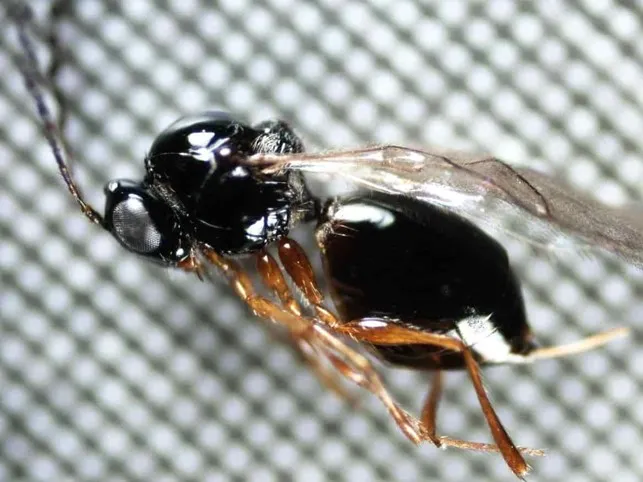Morocco is the 27th largest cherry producer in the world, with a total of approximately 15,915 tons produced annually.
The Fes-Meknes region is responsible for 88% of the total national production. The Bigarreaux group includes the main cultivars grown in this region, including "Burlat," "Moreau," "Van," "Hedelingen," and "Napoléon."
Genetic factors, soil conditions, agroclimatic parameters, and agricultural practices influence the biochemical composition of sweet cherries, which in turn affects fruit quality.
The biochemical profiles of different sweet cherry genotypes have already been analyzed by numerous authors, but what has not yet been sufficiently investigated are the interactions between cultivars and the different seasonal patterns on the biochemical composition of the fruits.
Factors influencing cherry quality
These interactions are essential for identifying genotypes that maintain stable biochemical profiles in the face of environmental fluctuations.
The objective of the study conducted in Morocco was therefore to identify and compare the biochemical characteristics in an ex-situ collection of 19 sweet cherry cultivars grown under identical agronomic conditions for two consecutive years (2021-2022).
Researchers analyzed the biochemical profile of the fruits, which included antioxidant capacity, total polyphenol content, total flavonoid content, total anthocyanin content, and soluble sugar content.
The results showed that the production of bioactive molecules, antioxidants, and carbohydrates is influenced by climate, particularly temperature.
Impact of climate conditions
Annual fluctuations in sugar composition can be attributed to variations in crop load and climate during the harvest year.
Furthermore, the extraction time can introduce variability between years, which in turn affects the antioxidant capacity and sugar composition of fruits from different genotypes.
Consequently, climate variations between the two years, particularly temperature, precipitation, and sunlight, are likely responsible for the variability in biochemical parameters.
These factors have a direct impact on product quality and development.
Stress and biochemical efficiency
At first glance, the conditions in 2022 seemed more stressful for the plants due to the higher temperatures and decreased humidity.
However, they might have been too extreme, which could have led to a decrease in antioxidant capacity.
The more balanced conditions of 2021, which included moderate temperatures and adequate rainfall, likely facilitated greater metabolic efficiency, resulting in yields with higher concentrations of bioactive molecules.
These results indicate that moderate stress is often more favorable for the accumulation of bioactive compounds, including antioxidants, compared to excessive stress.
Conclusions and future strategies
However, to draw definitive conclusions on these issues, it is necessary to collect data from multiple years or under very different weather conditions.
Finally, the interaction between genotype and year showed highly significant variation in all parameters, suggesting that the magnitude of variation between years depends on the genotype.
The phenolic composition of cherries is substantially influenced by the ripening stage, harvest year, and cultivar, as also indicated in the literature.
The resulting database is a valuable resource for genetic improvement programs in Morocco and will help farmers and the agri-food industry make important decisions to optimize fruit quality and market potential.
Not only that: it will help cherry growers around the world develop climate change adaptation strategies.
Fonte: El kettabi, Z., Elfazazi, K., Haddioui, A. et al. Determination and comparison of biochemical characteristics in an ex-situ collection of sweet cherry cultivars in Morocco. Discov Food 5, 175 (2025). https://doi.org/10.1007/s44187-025-00463-x
Melissa Venturi
University of Bologna (IT)
Cherry Times - All rights reserved












